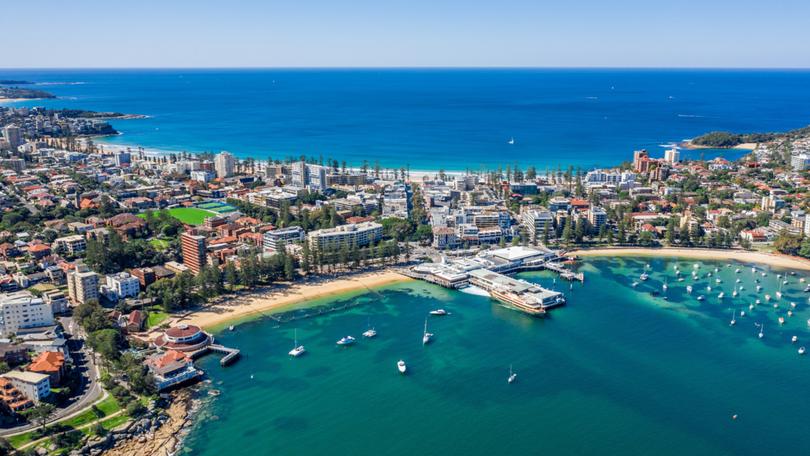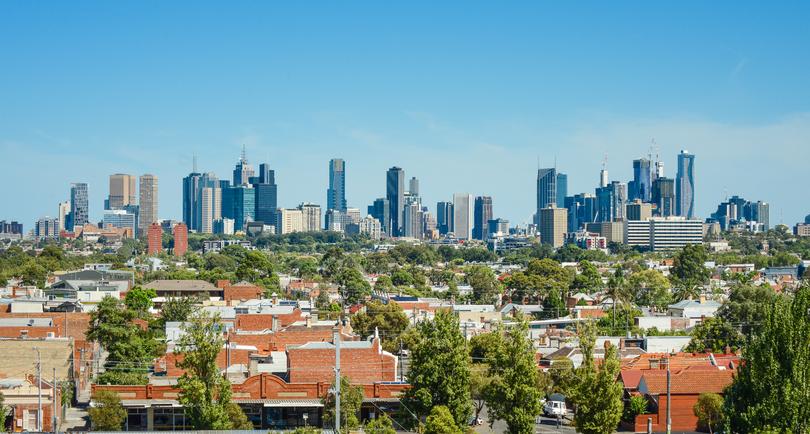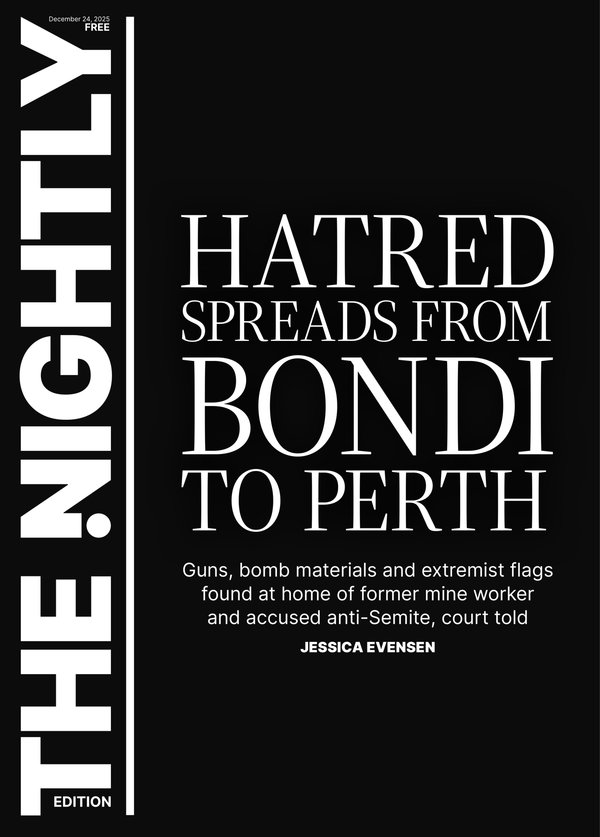Australian property market: Has your house dropped or increased in value in August?

The Australian housing market continues its upward trajectory, albeit at a slower pace.
CoreLogic’s latest data reveals a national dwelling value rise of 0.5 per cent in August, marking the 19th consecutive month of growth.
However, the rate of increase is showing clear signs of moderation, with the quarterly increase now less than half what it was a year ago.
Sign up to The Nightly's newsletters.
Get the first look at the digital newspaper, curated daily stories and breaking headlines delivered to your inbox.
By continuing you agree to our Terms and Privacy Policy.Capital city growth diverges
The growth pattern across capital cities is becoming increasingly diverse.
While Sydney witnessed a modest 0.3 per cent increase, Perth took the lead with a significant 2.0 per cent rise, followed by Adelaide at 1.4 per cent and Brisbane at 1.1 per cent.
Conversely, four cities experienced declines: Canberra (-0.4 per cent), Melbourne (-0.2 per cent), Darwin (-0.2 per cent), and Hobart (-0.1 per cent).
“The seasonally adjusted Home Value Index had a stronger result through the three months to August, at 1.7 per cent. But this is still down from the 3.3 per cent lift seen in the winter of 2023,” said Eliza Owen - CoreLogic Head of Research.
This trend highlights a shift in focus towards more affordable markets.
CoreLogic data reveals that the lower quartile of the combined capital city market, representing the most affordable 25 per cent of dwellings, rose 2.7 per cent in the three months to August, compared to a 0.3 per cent lift in the upper quartile.
This is further evidenced by unit values outperforming houses in five of the eight capital cities.
Tim Lawless, Executive Research Director at CoreLogic, elaborated on this trend, “The ongoing outperformance of ‘cheaper’ markets reiterates a strain on demand. Erosion of borrowing capacity and worsening affordability constraints seem to be deflecting demand towards the lower price points of the market.”
Key takeaways:
- National dwelling values increased by 0.5 per cent in August, marking the 19th consecutive month of growth.
- The pace of growth is slowing down, with the quarterly increase less than half of what it was a year ago.
- Capital city growth is diverse, with Perth leading the pack at 2.0 per cent, followed by Adelaide and Brisbane. Four cities experienced declines.
- More affordable markets are outperforming, with the lower quartile of combined capital city dwellings experiencing
Melbourne loses median dwelling value crown
Melbourne’s median dwelling value has been surpassed by both Adelaide and Perth.
This is the first time Adelaide has held a higher median than Melbourne in CoreLogic’s 40-year data series, and the first time Perth’s median has been higher since February 2015.
While commenting on this shift, Mr Lawless acknowledged the difficulty in predicting future trends, “It’s hard enough to know how the economy, monetary policy, credit availability and housing conditions are going to evolve over the next year, let alone three years out.”

However, Mr Lawless believes Melbourne could potentially outperform Sydney in the medium term.
“Melbourne is accruing an affordability advantage over other cities as values trend lower and it’s one of the few capitals where gross rental yields are rising which could be an attractive option for investors,” he said.
Investor influence and first home buyer competition
The data indicates a rising investor presence in the market.
The number of investor loans has increased by 10.7 per cent in the past year, while owner-occupier loans have declined by 2.4 per cent.
“Investors and first home buyers are likely to be in the market for similar properties with demand focused around lower price points,” Mr Lawless said.
“Based on the volume of mortgage commitments, investors now comprise 38.4 per cent of mortgage demand, which is the highest share of lending since at least August 2019.”
This trend raises questions about competition for properties, particularly for first-time buyers.
Lawless suggests that “the main reason we are seeing stronger conditions across the lower quartile of the market comes back to lower borrowing capacity, broader affordability challenges, and a relatively conservative lending environment.”
Long-term capital growth prospects for investors
With investors playing a larger role in the market, the focus might be shifting from high rental returns to long-term capital growth prospects.
While cities like Perth, Adelaide, and Brisbane are currently experiencing rapid value increases, their long-term outlook might be less certain due to affordability concerns.
Mr Lawless concludes by offering his perspective, “Arguably the Melbourne market is looking increasingly better from an investor’s perspective thanks to a lower buy-in price, rising yield profile and currently strong buying conditions amid elevated stock levels. Investors targeting Melbourne can probably take their time though, as values are likely to fall further before stabilising and eventually moving into an upswing.”
This story was originally published on view.com.au
Originally published on view.com.au
